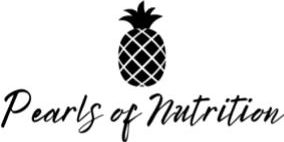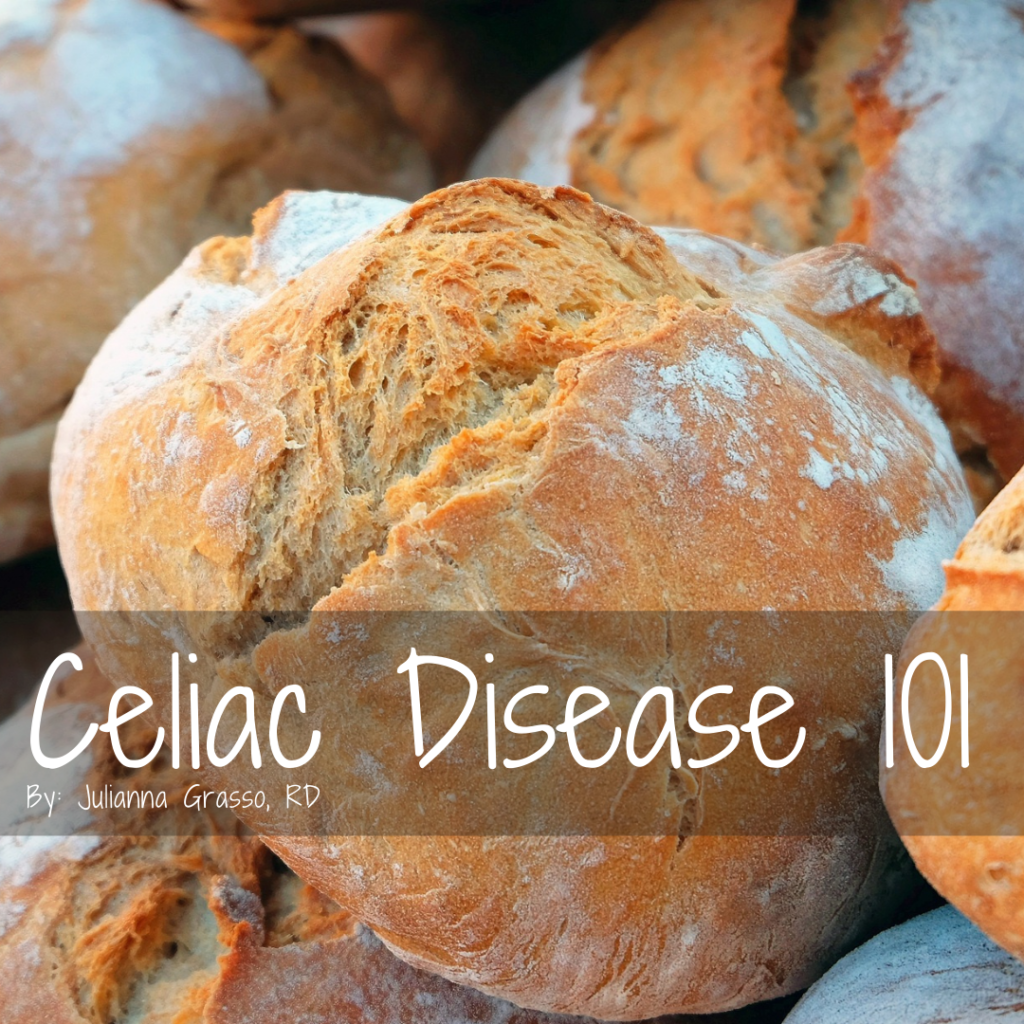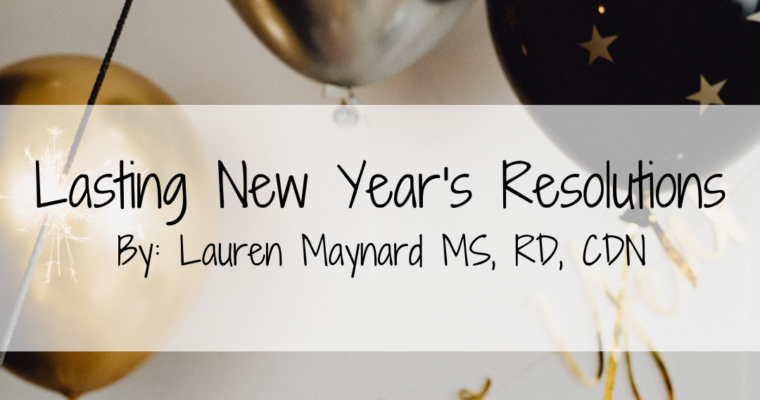So you’ve been diagnosed with celiac disease… now what?
Facing a new diagnosis, a new style of eating and a major lifestyle change can be intimidating. The fact that there is a lot of misinformation circulating in society doesn’t make it any easier. Luckily, I have decided to break down the things you should know, understand and the changes you need to make now that you have celiac disease. So let’s jump in.
What is Celiac Disease?
Celiac disease is an autoimmune condition that attacks the small intestine whenever gluten is consumed. In contrast to a gluten sensitivity, the consumption of gluten in an individual that has celiac disease can lead to inflammation, damage to the villi in the small intestine (known as blunting) and overtime will result in malabsorption. Numerous studies have also linked poor adherence to gluten free diets to formation of polyps and increased risk of cancers later in life. Common symptoms of celiac disease include:
- Abdominal Pain
- Abdominal Bloating/ Distention
- Abdominal cramping
- Diarrhea
- Steatorrhea (Fatty Stool)
- Weight loss
- Fatigue
- Rashes and Skin irritation
- New intolerance to other foods (i.e. lactose)
Getting Tested
Individuals with recurrence of the symptoms listed above may want to be tested for celiac disease. The two methods most commonly used to identify individuals with celiac disease are utilization of an endoscopy and serology testing. An endoscopy is used to visualize any damage that may be occurring in the small intestine and can also allow for a biopsy of the cells for further evaluation. Serology tests are used to test for antibodies. Since the disease is an autoimmune condition, antibodies will be present. This demonstrates that the body is attacking itself due to gluten consumption. The antibody tested for celiac disease is tissue transglutaminase IgA (TTG-IgA).
So you’ve been diagnosed… now what?!
This is the part that is most important for Registered Dietitians to be involved in. Unfortunately, the only option for treatment in Celiac Disease is strict adherence to a gluten free diet. For many individuals, this is an overwhelming, frustrating and difficult process resulting in a lifestyle change. Support from family and friends, doctors and your dietitian can all help to make this transition much easier for you. The first step, however, is understanding what you can and can not consume.
What is Gluten:
Gluten is a protein that is made up of glutenin and gliadin. Gluten is what gives baked goods its ability to rise during baking and have an elastic quality. Gluten is found primarily in four different types of cereal grains:
- Wheat
- Barley
- Rye
- Oats* (sometimes)
Any time a product may contain one of these ingredients, it can result in a recurrence of the symptoms listed above. However, it is not always easy to find in BOLD LETTERS these four ingredients in processed or packaged foods. To help you decipher what types of grains you should and SHOULD NOT consume I have listed them below.
| Grains that are GLUTEN-FREE: | Grains that CONTAIN GLUTEN… AVOID: |
| Quinoa Brown or Wild Rice Buckwheat (different from regular wheat) Sorghum Tapioca Millet Amaranth Teff Arrowroot Oats (only if certified gluten free with zero chance of cross contamination) | Wheat, Barley, Rye Derivatives of Wheat: Wheatberries, Durum, Semolina, Spelt, Farina, Farro, Graham, Triticale, Malt, Brewer’s Yeast Pastas: Raviolis, Couscous, Gnocchi, Most Breads, Pastries , and Baked Goods Crackers- Pretzels, Goldfish, BREADING |
In addition to grains that need to be avoided, sometimes packaging companies can sneak gluten into sauces, gravies, canned products, flavored products, beer, etc! It is very important to read the labels to try and identify the gluten snuck into products. An additional tip is to look for products that are certified gluten-free. Some products can and will be labeled gluten free, even if they naturally do not contain gluten. For example, fresh produce can be labeled gluten free, but this may not necessarily help you while shopping. Finding products that have been certified gluten free rather than just labeled gluten free means they have undergone review and testing. These products can be trusted as safe for consumption.
What To Eat:
Being gluten free is intimidating because it seems as if a whole food group has just been eliminated from your diet. However, there are still so many grains that can be substituted for, and there are still many varieties within the other food groups that can still be consumed. Fresh fruits and vegetables are always considered to be gluten free. Bread, and pasta can always be substituted with a starchy vegetable such as potatoes or corn. Also, so long as meat and poultry is processed gluten free, that part of the diet is unaltered. The same rule applies to dairy products! With the rise in individuals who have celiac diagnoses and the trend to just consume gluten free for lifestyle purposes there are more companies producing gluten free products. These products actually resemble gluten containing products and best of all… TASTE GOOD. Sometimes you may just have to think outside the box, but working with your family, a dietitian and having support will help you feel capable and motivated to make this change!
Cross Contamination:
There is the chance that some individuals will continue to experience symptoms following transition to a gluten free diet. They may also have a TTG-IgA that would indicate presence of gluten even with elimination from the diet. The likely source is cross contamination. This is very individualized, meaning some people will struggle with this and others may not. Cross contamination may occur if gluten free items touch gluten. For example this can occur:
- In a toaster
- On a cutting board
- In a pan or pot
- If part of the dinner was made with gluten for other members in the household
- At a restaurant
- Utilizing any utensils that touch gluten to then prepare gluten free items
If this does occur, you may want to consider purchasing new utensils, storing them and using them ONLY on gluten free items. This seems drastic, but to ensure a gluten free zone it may need to happen. Consult with a doctor and dietitian first to ensure that cross contamination may be your problem if you are still experiencing symptoms following removal of gluten from the diet.
In Conclusion:
As time goes on it will be important to have continual yearly follow-ups and meetings with your gastroenterologist and dietitian. This will help to ensure that the diet you are following is working adequately. It will help keep you accountable! Starting the gluten free diet can be intimidating but we are here to support you every step of the way. It can be done and you will succeed at living a gluten free lifestyle!!



